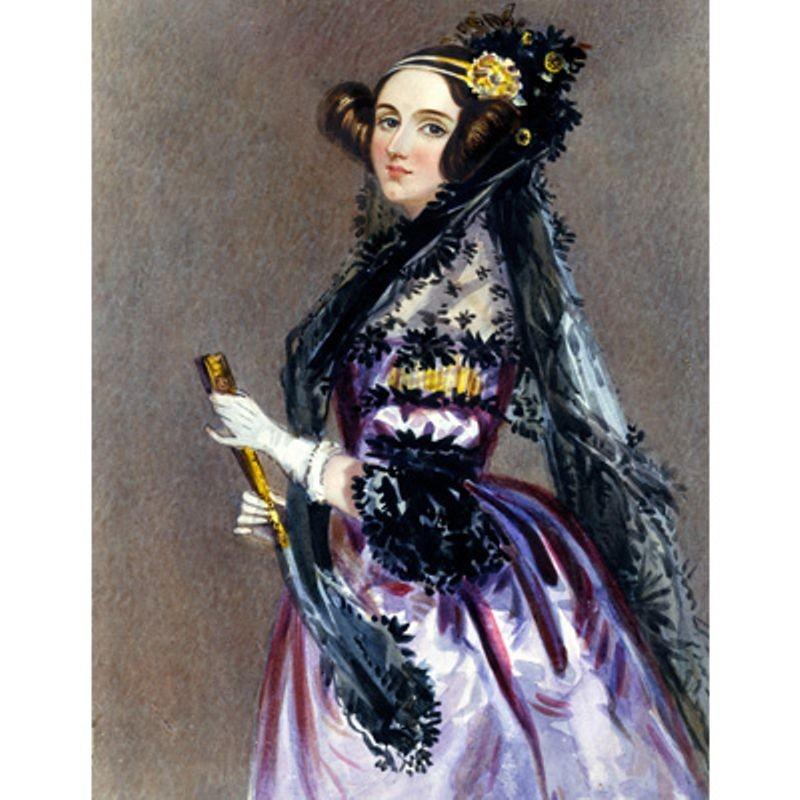What Leads Us to STEM?

How did you find your way to a STEM career path? Was it curiosity – a desire to understand how things work? Was it the need to tinker – whether it’s with a mathematical equation, an electrical circuit, or a mechanical engine? Or was it the nagging insistence of your parents to become a doctor?
The story about how you stepped (or stumbled) onto your path to working in science, technology, engineering, or math can be a powerful way to help the next generation, especially young women, find their way to a career in STEM.
KDM Engineering President and Founder Kimberly Moore tinkered with motorcycles in her garage.
“No one guided me into engineering. We had the firefighters, doctors, and lawyers at our career fairs, not the engineers. I knew I wanted something that combined my love of tinkering, math, and science, but I didn’t really know what that was until college,” Moore said.
Sheryl Stoddard, PE, KDM’s Telecom Engineering Manager, wanted to know how to slice a gene.
“From a young age, I have been interested in how things work,” Stoddard said. “From changing oil in a car to discovering how slicing a gene can help to prevent disease, science has always been a keen interest of mine. STEM was not a spoken term among girls when I was in high school, but that didn’t stop me from pursuing a career in engineering.”
Today (Oct. 11) celebrates Ada Lovelace (1815–52), the first computer programmer. Even 200 years ago, her STEM story is inspiring.
Lovelace was initially set on her path by her mother, who had insisted her daughter not follow in her father’s footsteps. Who was her father? The famous romantic poet Lord Byron. Byron had abandoned them shortly after Lovelace was born, so her unforgiving mother filled Lovelace’s studies with math and science – anything but poetry.
As a girl, Lovelace was curious about flying and studied the anatomy of birds. She constructed different wings from paper, silk, wires, and feathers. At age 12, she wrote an illustrated guide to flying called “Flyology.”
As an adult, Lovelace (she had married William King, the Earl of Lovelace) became friends with her tutor Mary Summerville, a renowned scientist and writer in her own right, who introduced Lovelace to Charles Babbage, considered to be the father of the computer. Lovelace published notes and papers about Babbage’s Analytical Engine.
“Where Babbage conceived a general-purpose, programmable computer for calculation, Lovelace saw the infinite possibilities of extending mathematical computing to real-world applications that has underpinned the development of our technological societies: ‘The Analytical Engine might act upon other things besides number, were objects found whose mutual fundamental relations could be expressed by [the] mechanism of the engine…’” according to the Ada Lovelace Institute.
We may not always see infinite possibilities as Lovelace did, but sometimes it’s a simple nudge that opens pathways. Share your STEM stories and see what you open.